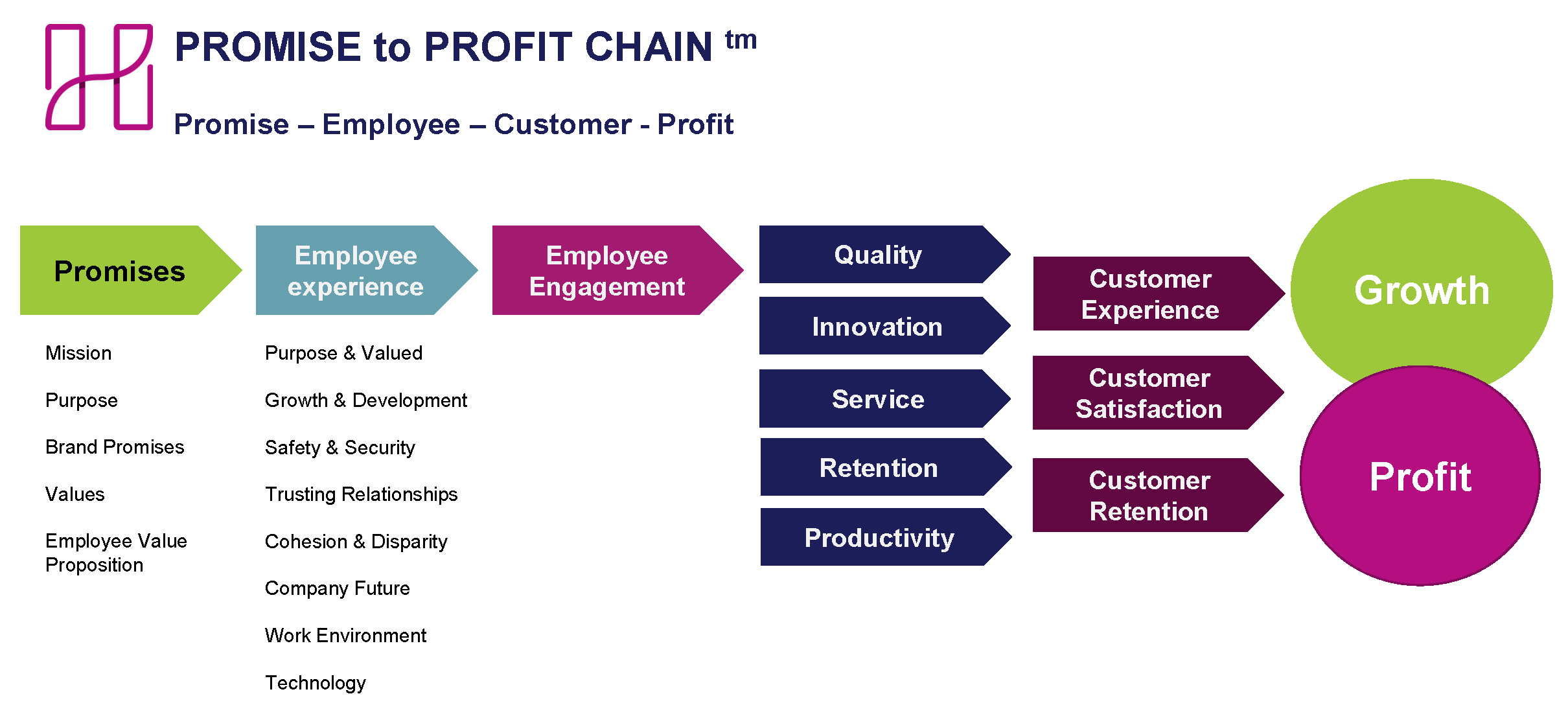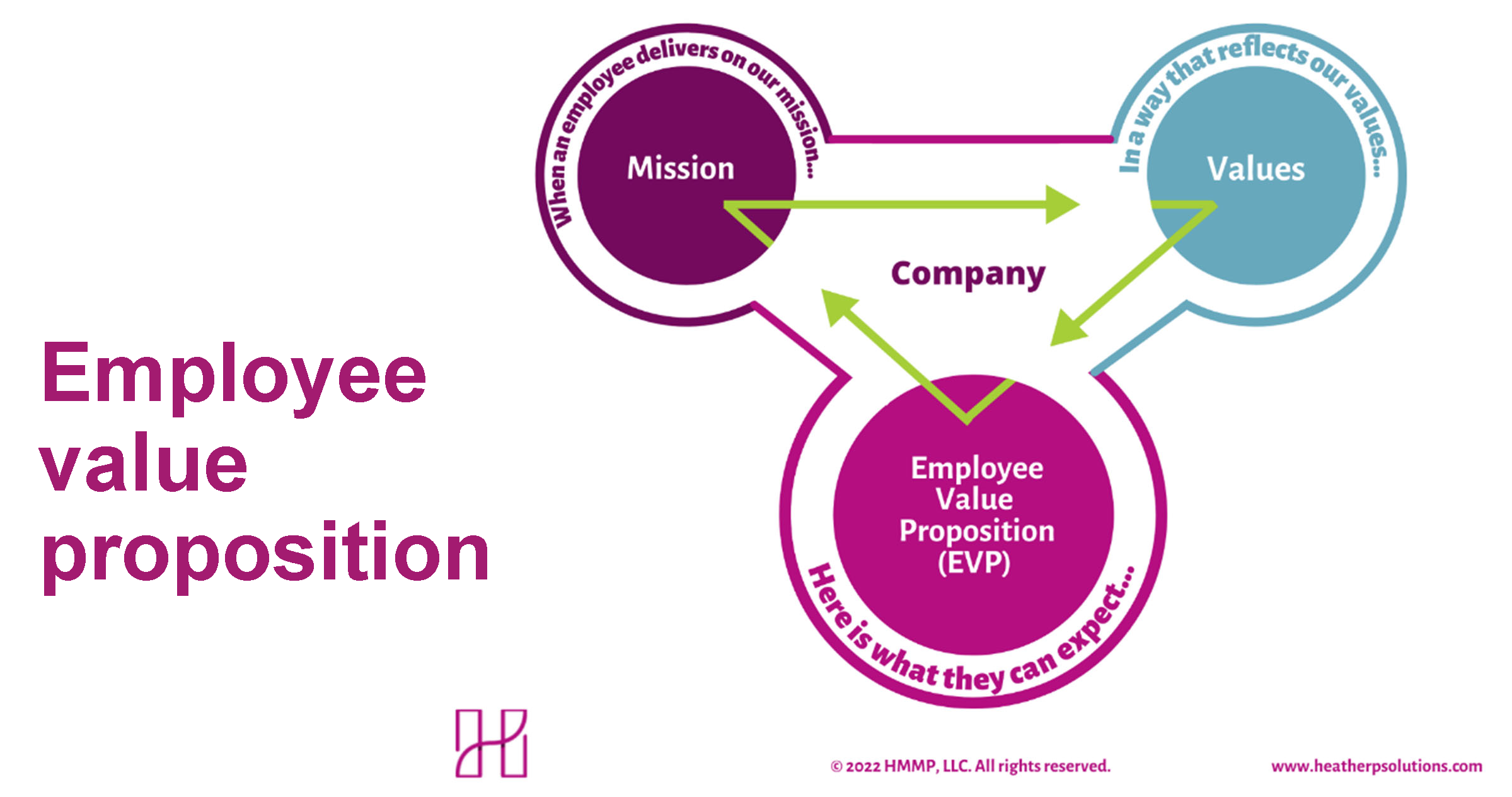The term employer branding has been around for years, but with today’s talent shortage, it’s having a bit of a renaissance.
But what is employer branding? Or talent branding? Why is it suddenly a board-level conversation? Who owns it inside a company? How do you make your employer brand stand out when everyone claims their culture is special?
To answer these questions and more, we invited talent and brand expert Heather Polivka to join us on a recent webinar.
Heather has spoken all over the world on this topic and ran employer branding at one of the largest employer brands in the world – UnitedHealth Group. In 2020, she started her own consultancy to help companies large and small improve employee retention, engagement and scale workplace culture, so she knows a thing or two about the topic.
Read on for some of my biggest takeaways from that webinar, and five things you can do today to level up your employer brand.
Click here to view the webinar in full.
Your employer brand isn’t created, it exists. But you can, and must, shape it
Your employer brand is how current and potential employees perceive and experience your company as a place to work. Whether you’ve developed it or not, your employer brand already exists so you might as well be intentional about it.
Whether you’ve developed it or not, your employer brand already exists so you might as well be intentional about it.
Many companies think too narrowly about employer branding, focusing only on how the company positions itself to recruits when, in fact, the employer brand spans the entire talent lifecycle. It is established and reinforced across every step of the employee journey – from how a candidate first discovers your company, to their experience in the hiring and onboarding process, to how they are managed, developed and able to move around once they are inside the company, to their experience at exit and as an alumni.
If you want to understand, define and up-level your employer brand, spend the time to understand an employee’s journey today. Then think about what you want it to be. Don’t let it just happen. Be intentional.
Growth and profits start with the employee experience, not customer experience
Heather walked us through what she terms the “Promise to Profit Chain™”, shown below, starting at the end of the chain: growth and profit. Companies intuitively know that to grow and make money they need to deliver a great customer experience and keep customers coming back. Yet, if you look downstream, it’s crystal clear the role that the employees play in all this.

If you don’t have engaged employees, then innovation, productivity, quality and service all suffer. If employees have a crappy experience, they disengage. If that experience does not match the promises that were made to them by an employer or their manager, they disengage. When asked where companies fall down the most in this value chain, Heather pointed to that gap between the promise and experience. Your employer branding efforts need to make sure your promises to employees align with what the company is actually delivering.
Corporate and employer branding are related but distinct
A company’s brand identity is a combination of three different elements. First, how the brand is perceived by corporate stakeholders (e.g. media, financial analysts, shareholders). Second, how the brand is perceived by customers and prospects. Third, how it’s perceived by employees and potential employees.
Each of these brand perceptions should all be rooted in a common identity, purpose/mission and shared values, but they each need a distinct value proposition. As humans, we are all motivated by “what’s in it for me?” Your value proposition needs to speak clearly to each of these very different audiences.
5 ways to level up your employer brand today
Employer branding may be a big concept, but up leveling or refining an existing brand doesn’t have to be overwhelming. You can start in small ways now. Here are a few ideas:
Gut-check your mission
Do the emotional homework to make sure your mission statement and values are more than words on a page. Does your mission speak to a reason for being other than to make money? A good mission should answer the question, “why does the world care that you exist?” It’s not a business goal.
Revisit your values and define behaviors
Do your values truly reflect how you behave, operate and make decisions, or are they empty words? Can you name the behaviors to show what these values look like inside the company to give them real-life context? Imagine if innovation is a value. To one person, innovation might happen through close collaboration. To someone else, innovation happens with intense competition. Give life to your mission and values – what they sound, look and feel like – so employees have a playbook for how to act and execute on the company mission.
Clarify your Employee Value Proposition
An Employee Value Proposition is what employees can expect when they deliver on the company’s mission in a way that reflects the company’s values. It should answer that “what’s in it for me?” question, within the context of what the company is trying to achieve.

Heather gives a number of great examples in the webinar, but I’ll use Hakkoda as an example since they are one of our partners. Hakkoda’s mission is to ignite the power of data and embolden the change makers to create a better world. The company’s values, which range from “stay curious” and “live life” to “be the change”, align directly to their mission. Their employee value proposition might be something like: “As part of Hakkoda, you can relax and know that you are taken care of. We are committed to protecting and improving the lives of employees in more ways than one so they can be a change maker.”
Give it shared ownership
HR and Marketing may be the natural owners to define the employer brand, but it’s everyone’s job to uphold the promises it makes. In the next leadership meeting, set aside a couple of hours to talk about the employee experience.
Heather created and shared this simple 2-page employer brand worksheet that can be used to guide the conversation.
Ideally, you could work with a brand consultant to help moderate a more detailed workstream, but not everyone has the budget for this. However, you can build the employee experience muscle in other ways. For example, when making big decisions, assign someone in the meeting to be the employee’s voice in the conversation. How will they react to these decisions? How does it fit into the promise that was made?
Put a new lens on your job postings
We’re in a highly competitive talent landscape where the best people are being actively and aggressively recruited. You don’t want to look and sound like everyone else. When a candidate lands on your job posting or careers page, can you help them visualize what life could be like working at your company? Stating you have a flexible work model doesn’t illustrate an employee’s day-to-day. Highlighting your policy of “No Meeting Wednesdays” or that you offer the option of a 4-day workweek is going to make a bigger impact.
Also, be crystal clear about what’s in it for them if they take the job. Not just what they’ll do for the company. Don’t be that person on a first date who only talks about themselves!
In the end, the the fruits of any branding work takes time. As Heather put it on the webinar, it takes a year to crawl, another to walk, then one more to run. The important thing is to just get started, and any of the above action steps are an excellent place to dig in to start creating sustainable results.


